Planting Avocados: [Forms, Transplantation, Irrigation, Soil and Diseases]
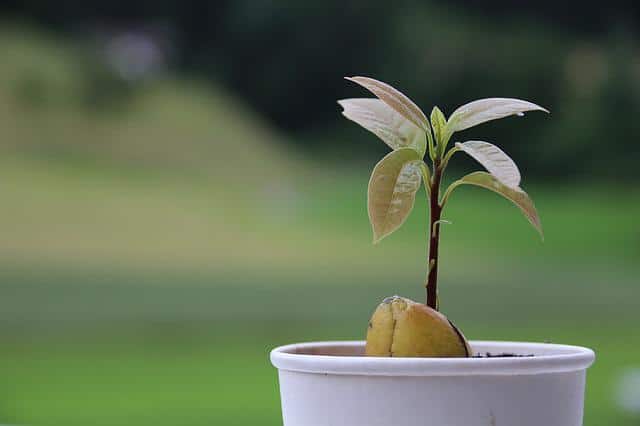
Reader, I am not going to lie to you. Planting avocados is not easy. But the payoff is HUGE. Really.
I offer you a deal: Read this guide (6-7 minutes) and put it into practice.
It has no more mystery. What do you think? I assure you that in a while you will be harvesting your own avocados.
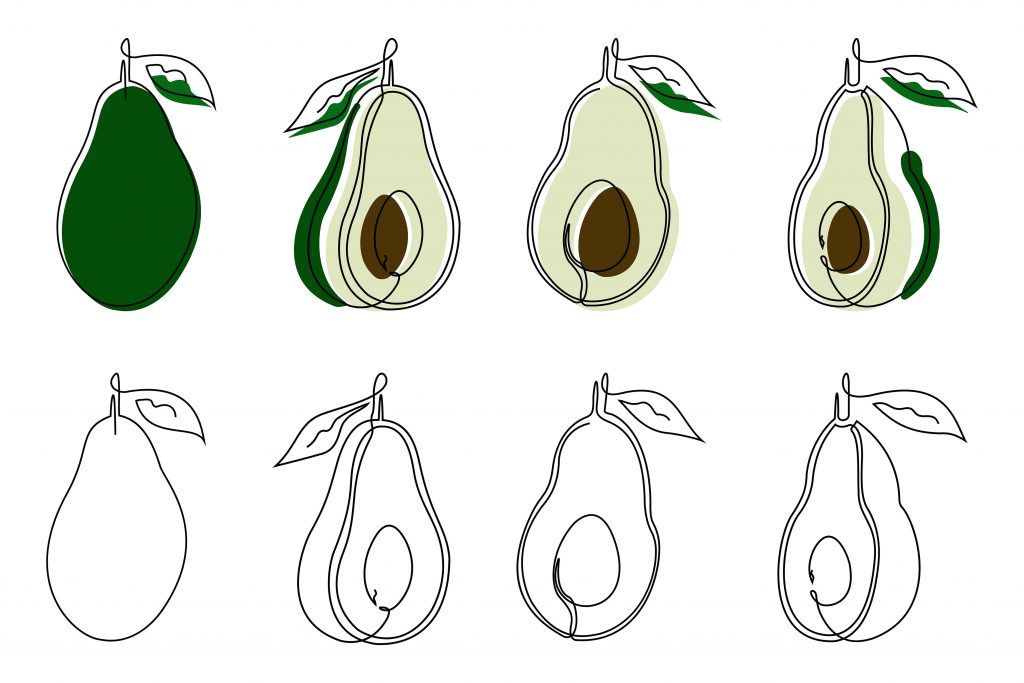
Important Points for Planting Avocados:
- Where? Not in cold areas. Warm zones. With lots of sunlight.
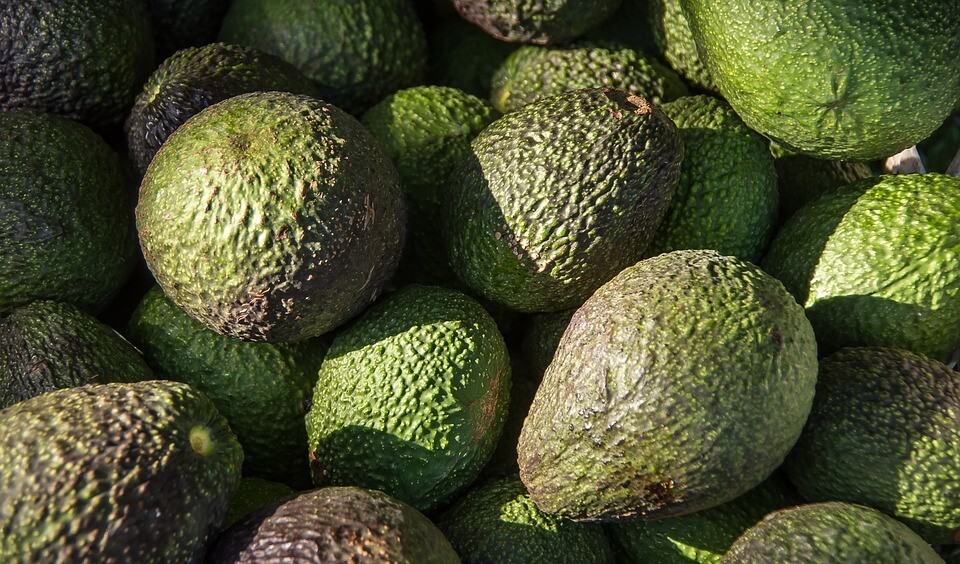
- When? In spring.
- How do I prepare the land? Plowed and acid soils whose PH is between 5 and 7, which allow it to absorb more nutrients.
- How do we prepare the seed? From the bone. Three support sticks and half of the bone in water.
- How long does it take to start developing? About 3-4 weeks.
- How and how much do we water it? Drip irrigation and often. In summer every day from 30 to 45 minutes.
- How long does it take to harvest? A long time. Avocados are trees and can take between 7 and 10 years to bear the first fruits.
- What are the most common pests and diseases? Rotten roots, bugs, glassy mites, rosellina necatrix Prill.
| Botanical name: | Persea American. |
| Common name: | Avocado. |
| Plant type: | Evergreen broadleaf fruit tree. |
| mature size: | 10 to 20 meters; potted plants can be pruned to keep them small. |
| Sun exposure: | full sun. |
| Floor type: | The soil has a pH of 6.0 to 6.5, but will tolerate soils that are acidic or alkaline. |
| Flowering time: | Seasonal flowering. |
| flower colour: | Greenish yellow. |
| Native area: | Mexico. |
| Blade type: | Perennial. |
Plant an avocado tree step by step
- Take and clean an avocado pit.
- Identify which is the top and which is the bottom. The bottom one is the part with the widest base and the top one has a more rounded tip.
- Take three chopsticks and stick them into the bone in such a way that you can rest them in a glass of water and only the bottom part is submerged.
- Use a glass cup to see how the roots grow.
- In about 8 weeks you will see the first shoots. The upper part dries up and you see how the avocado cracks.
- Don’t let the avocado run out of water in the glass.
- When the stem reaches approximately 20cm, you can transplant it into a pot with good soil and some compost.
- When transplanting it, remember to leave the upper part of the avocado unburied.
- Lots of sunlight, water and heat.
 The organic family garden (CROPS)
The organic family garden (CROPS)
- Well, Mariano (Author)
€9.49 View on Amazon Prices with VAT without transport
Last updated on 2022-07-31 / Affiliate Links / Affiliate API Images

To know more:
I’m sure you know the avocado. And surely if you have a piece of land, a small orchard or an urban garden, it has crossed your mind to plant it, hasn’t it? So, keep reading because this article interests you.
Avocado can be considered one of the most versatile, delicious and beneficial fruits (which many of us treat as vegetables) that exist.
Its popularity has grown a lot in recent decades, especially in the wellness, beauty and fitness industry, which maintains it as one of its great allies to achieve a longer and healthier life.
The avocado has found its place in Mediterranean and European food in general, as well as in typical South American and Caribbean dishes and in some Asian countries, such as Japan.
Its creamy texture and mild flavor make it popular with many, and have made it easy to be present in both sweet and savory preparations.

Where to plant avocados?
Avocado is a type of fruit tree.
Pick the perfect time and place. Avocados are not friends with extremely cold climates, so it is advisable (in case of planting them directly in the garden) to avoid snowy seasons.
If, on the other hand, you want to turn it into a small winter project, you have the alternative of planting it inside your home.
The window sill can be a good spot for it to receive sunlight without experiencing the elements of the cold.

No products found.
How do we water avocados?
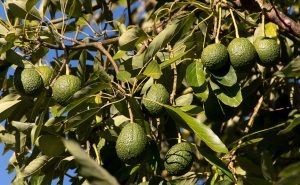 Avocado trees normally need to be watered two to three times a week. Think of it as a tropical plant.
Avocado trees normally need to be watered two to three times a week. Think of it as a tropical plant.
As the roots spread through the soil, you can water with more water, but less often. The irrigation frequency can decrease to once a week after a year from the avocado planting.
When watering the tree, soak the soil well and then allow it to dry out a bit before watering again.
As with most plants, we don’t want the tree to get too dry. The general rule of thumb for mature trees is about 75 liters of water per day during the irrigation season.
The seedlings will require considerably less water, of course. Check the soil before you water each time to make sure it has dried out a bit. If the soil around the roots gives the impression of a hand when you squeeze it, you have enough water.
How do I prepare the land to plant avocados?
Find the appropriate land. Avocados like acidic soils with a pH of 5 to 7, which allows them to absorb more nutrients and have better growth.
The drainage that the plant has is also very important, make sure to mix the soil well so that it is loose and allows the plant to develop well, especially in its initial stage. Where drowning is a greater risk.
How to plant avocados
How to germinate an avocado seed?
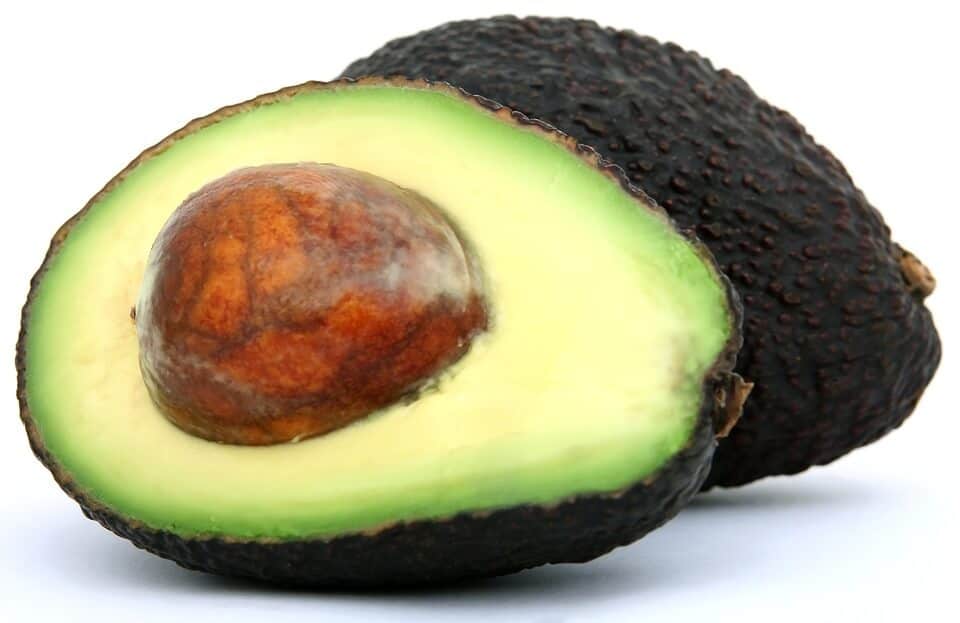
Next we will explain how to plant an avocado seed. attentive
Avocado seeds are a common residue after consumption, however, you must perform a small treatment before proceeding to plant them.
Now more in detail and with photographs.
- Use the stone of the fruit. Remove the avocado stone from the fruit, clean any excess that may remain, the skin should look smooth and soft.
- Make three small holes in the avocado pit. Then make a few small incisions in the seed so that you can insert toothpicks to serve as a support.
- Put three toothpicks into the seed bones. Place three toothpicks around the seed, about halfway down it, and dip it in water so it can germinate. The ideal is to use a container in such a way that the avocado is suspended in half.
- Strain the seed with the dotted part on top and the rounded part on the bottom.
- Remember to place the seed with the most dotted part facing up and the bottom part (the one that is submerged) is flatter and rounder (the shape is similar to an egg)
- You should also keep in mind that the ideal is to choose a type of avocado that is typical of your region (although there are imported varieties that are very attractive).
- Be careful with excess water. Although the avocado tree is a tropical tree, it does not tolerate flooding and excessive water. So we recommend the drip irrigation system.
CULIVERS Organic Worm Humus. Plant food. 100% Natural Organic Fertilizer. Soil Restorative (Tomatoes and Vegetables, 20 Kg)
- Worm humus of the highest quality 100% organic.
- Organic matter rich in microorganisms. (1 gram of humus contains about 2 billion microorganisms) The…
- Stimulator of the root development of plants and their absorption of nutrients. It has a neutral pH that makes it ideal for…
- Ecoforce worm humus increases the quality and production of crops. It has a low C/N ratio, allowing…
€19.90 View on Amazon Prices with VAT without transport
Last updated on 2022-07-31 / Affiliate Links / Affiliate API Images

The development of the avocado plant
The seed in suspension will spend 2 to 4 weeks totally inactive, however, it is necessary to patiently check that it has the necessary amount of water and wait for it to begin to germinate.
 Once the seed is germinating, you should change the water every 2 days to prevent possible contamination or the appearance of bacteria, over time you will begin to notice that the bone breaks and the outer skin falls off, the main root will come out a little later we will be able to see the plant germinating in the upper part of the avocado and it will then be the right moment for its transfer to the ground.
Once the seed is germinating, you should change the water every 2 days to prevent possible contamination or the appearance of bacteria, over time you will begin to notice that the bone breaks and the outer skin falls off, the main root will come out a little later we will be able to see the plant germinating in the upper part of the avocado and it will then be the right moment for its transfer to the ground.
If you are going to sow in the garden, it should be when winter is well past, or failing that, if you live in a non-winter tropical region, you can sow directly in your garden without care.
Remember that the important thing is to choose a place that has good access to sunlight and that the ground is prepared to receive your little tree.
Blumfeldt Timberflor Plant Pot, Plant Pot, Easy to Place, No Drainage Hole, Fiberglass, Sturdy, for Indoors and Outdoors, Wood Look, 60 x 50 x 30 cm, Brown
- FOR INDOOR AND OUTDOOR: In the Blumfeldt Timberflor pot shrubs, perennials or flowers have a new…
- JAPANESE ZEN AESTHETICS: The Timberflor planter shows the best side of plants and combines it with an elegant design and…
- GOOD QUALITY MATERIAL: It does not matter if the pot remains indoors or outdoors. The new combination of…
- STABLE AND ROBUST: Despite being a much lighter pot than any other concrete or terracotta pot on the…
€109.99 View on Amazon Prices with VAT without transport
Last updated on 2022-07-31 / Affiliate Links / Affiliate API Images
Little by little the tree should begin to grow and develop. When the stem reaches 6 inches tall, you can cut it in half to promote a stronger tree.
Avocado trees will need pruning from time to time throughout their growth.
To know more about pruning: How to prune an avocado tree.
The avocado can grow in large pots for a couple of years, but keep in mind that being a tree we must prevent the roots from suffocating, and the soil from losing nutrients due to the constant washing of the soil during irrigation.
Repeating the pruning process every 15 new centimeters of growth, little by little you will notice how your tree becomes stronger and when it reaches approximately one meter in height, it will be the right time to graft it.
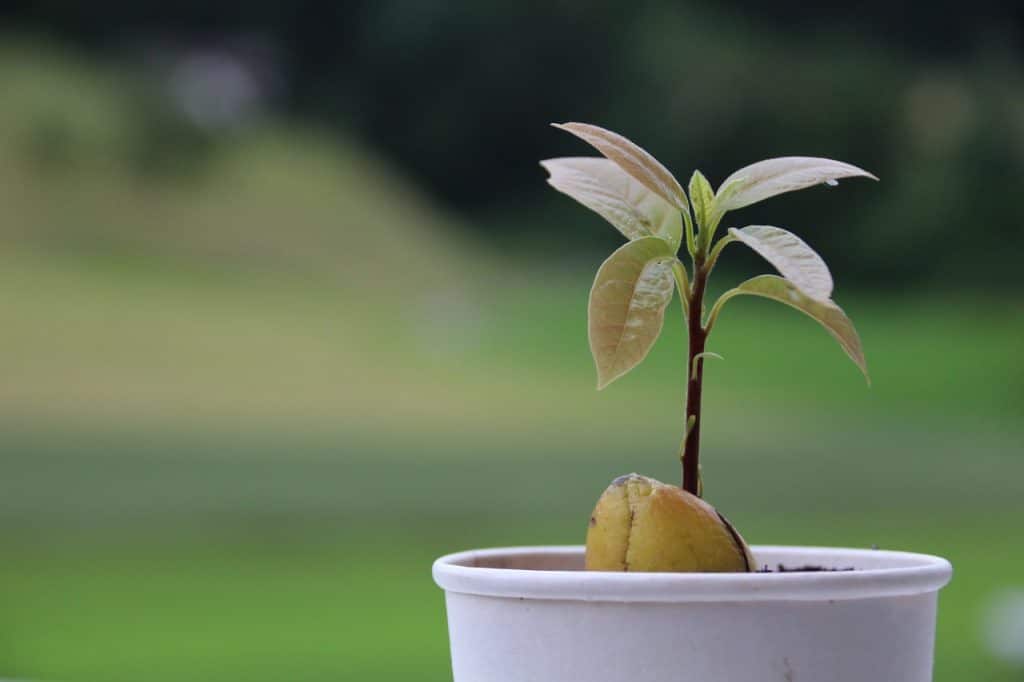
Make an avocado graft
Avocados tend to be a bit of a beggar, so in many cases the trees can take several years to bear fruit, or even never bear fruit at all. If we have been planting an avocado for so long, the last thing we want is for the tree to be unable to bear fruit.
To avoid having false expectations for years, the ideal is to get hold of a producing tree to graft our small tree.
Waldbeck Power Planter Pot with 3-tier stake (75x130x35cm, intelligent irrigation system, planter for garden or balcony)
- The garden on the balcony: pot to grow your own vegetables or flowers on the balcony or terrace. Stable finish…
- Tutor de 3 niveles para un crecimiento estable y recto de la planta. Aprender de la naturaleza: ideal para aprender a…
- Dos aperturas de riego en la parte inferior: sin humedad directa en la planta. Reservas de agua en la parte inferiorde la…
- ¡Es verano, es tiempo de verduras frescas! La maceta Power Planter de Waldbeck conviertetubalcón o terraza…
69,99 EUR Ver en Amazon Precios con IVA sin transporte
Última actualización el 2022-07-31 / Enlaces de afiliados / Imágenes de la API para Afiliados
Es importante elegir uno de los mejores ejemplares de árboles que puedas tener a tu disposición para evitar que estos puedan tener algún tipo de enfermedades que pasen a nuestros aguacates.
 Para realizar un injerto, deberás esperar a que la planta alcance alrededor de los 90 cm de altura, y entonces procederás a realizarle una incisión en forma de T en el tallo, a unos 30 centímetros del nivel del suelo (es decir, un tercio de la planta) retira la corteza con cuidado de no romper la planta y prepara la yema del árbol productor para unirlas.
Para realizar un injerto, deberás esperar a que la planta alcance alrededor de los 90 cm de altura, y entonces procederás a realizarle una incisión en forma de T en el tallo, a unos 30 centímetros del nivel del suelo (es decir, un tercio de la planta) retira la corteza con cuidado de no romper la planta y prepara la yema del árbol productor para unirlas.
Busca una yema saludable del árbol y hazle un corte diagonal a aproximadamente 2 cm de distancia del inicio de la yema, esta la colocarás de forma diagonal en la incisión realizada en tu árbol y fíjala con bandas elásticas y telas para que se una firmemente al tallo de tu planta, incluso puedes buscar un pegamento especial para este tipo de trabajos que venden en muchos viveros locales.
Al poco tiempo, la yema y la planta se unirán formando una planta única al cabo de un par de meses es posible retirar las telas y bandas elásticas y ver la obra completada.
Ahora solo faltan los cuidados básicos de nuestro árbol: hazle podas regulares, mantén la planta hidratada (sin lavarla). Colócale fertilizante con mesura, y revisa el estado de la planta para prevenir posibles enfermedades y condiciones que la perjudiquen.
Cuidados que requiere el aguacate
- Mantén tu planta de aguacate en un lugar cálido y soleado.
- Riega frecuentemente con un remojo profundo ocasional. Manten la planta húmeda pero no demasiado saturada. Como con la mayoría de las plantas, asegúrate de que el suelo drena bien.
- Pellizca el tallo cada vez que su planta crezca otras seis pulgadas más o menos, para fomentar un aspecto más tupido.
- Si vives en un clima suficientemente cálido, planta tu árbol de aguacate en el exterior cuando sea lo suficientemente grande. Con el tiempo (estamos hablando de muchos años), podría dar frutos.

Plagas y enfermedades más comunes en los aguacates
Los aguacates son suculentos para nosotros los humanos, pero sin dudas múltiples plagas los encuentran atractivos. Lo que tampoco queremos es que una plaga o una enfermedad fastidie todo el trabajo en nuestra siembra del aguacate.
Aunque tienen la fortaleza de un árbol, no son inmunes a múltiples condiciones que pueden afectar su vida y la de sus frutos, algunas a las que debes prestar especial atención son:
 PAPILLON Huerto Urbano 60x80x80cm, 8093100
PAPILLON Huerto Urbano 60x80x80cm, 8093100
- Huerto urbano
- Medidas: 60x80x80cm
- Realizado en madera tratada
- Cajón con 24 cm de profundidad y tejido tnt
168,13 EUR Ver en Amazon Precios con IVA sin transporte
Última actualización el 2022-07-31 / Enlaces de afiliados / Imágenes de la API para Afiliados
Raíces podridas
Son causadas por un exceso de riego y humedad en el ambiente.
Uno de sus principales síntomas son las hojas amarillentas, que se marchitan y mueren con el tiempo aun cuando todas las demás condiciones de crecimiento son óptimas.
Para prevenirlo debes dejar de regar inmediatamente y si el caso ha avanzado mucho, haz un hoyo de modo que las raíces puedan airearse.
En ocasiones esta condición puede ser mortal, especialmente para las plantas jóvenes.
Chinches
Las chinches se caracterizan por provocar puntos amarillos en las hojas que rápidamente se secan.
Las hojas tienden a caerse rápidamente. Usa un pesticida comercial o una sustancia natural anti insectos orgánica, idealmente incluso productos enfocados al cultivo de aguacate.
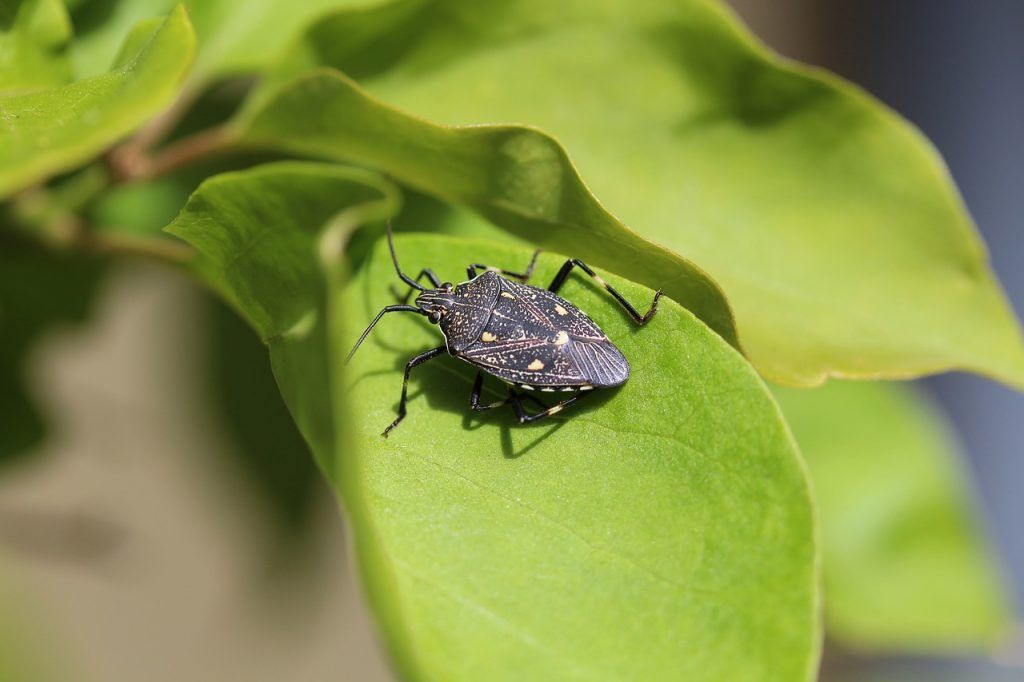
Marchitez y royas
Verás partes “muertas” en el árbol. Los frutos y hojas dentro de esas partes se marchitarán y morirán. Saca las zonas afectadas del árbol inmediatamente y lava las herramientas que usas para hacerlo antes de usarlas de nuevo.
Barrenadores
Tienden a perforar el árbol y crean agujeros pequeños que podrían expulsar salvia. Lo mejor para no sufrir sus consecuencias es la prevención: mantener los árboles saludables y bien alimentados hará que sea más difícil que los árboles se vean afectados. Si hay barrenadores, corta y tira cualquier rama afectada para evitar que se propague.
Para más información:
- Enfermedades del Aguacate, Pablo Julián Tamayo.
- Historia del aguacate.
- http://scielo.sld.cu/scielo.php?script=sci_arttext&pid=S1025-02552000000200011
Los aguacates sin duda le darán vida a tu hogar, y pueden ser un proyecto familiar muy estimulante ¡Imagina comer los primeros frutos luego de tanto tiempo de espera! Bien valido será el esfuerzo cuando recibas una buena cosecha.
Avocado trees tend to bear a lot of fruit, so they will make an ideal gift for any friend or neighbor to whom you can proudly present the achievement of several years of waiting.
Avocado associates well with all citrus fruits (such as orange or lemon) and also with mango or coffee.
So, don’t wait to plant your first avocado
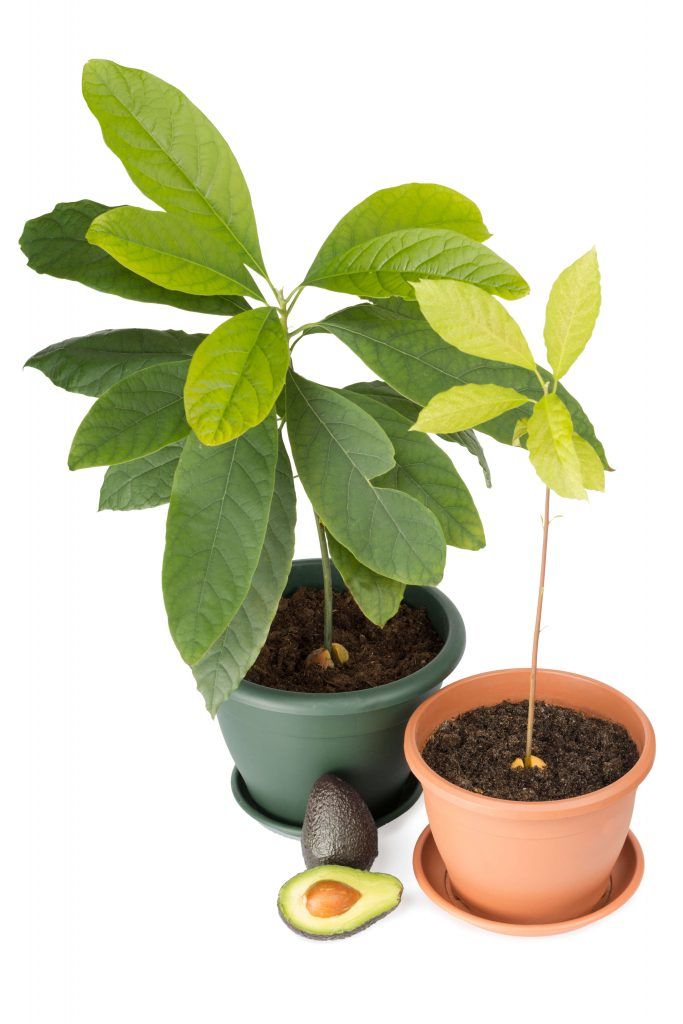
verticillium wilt
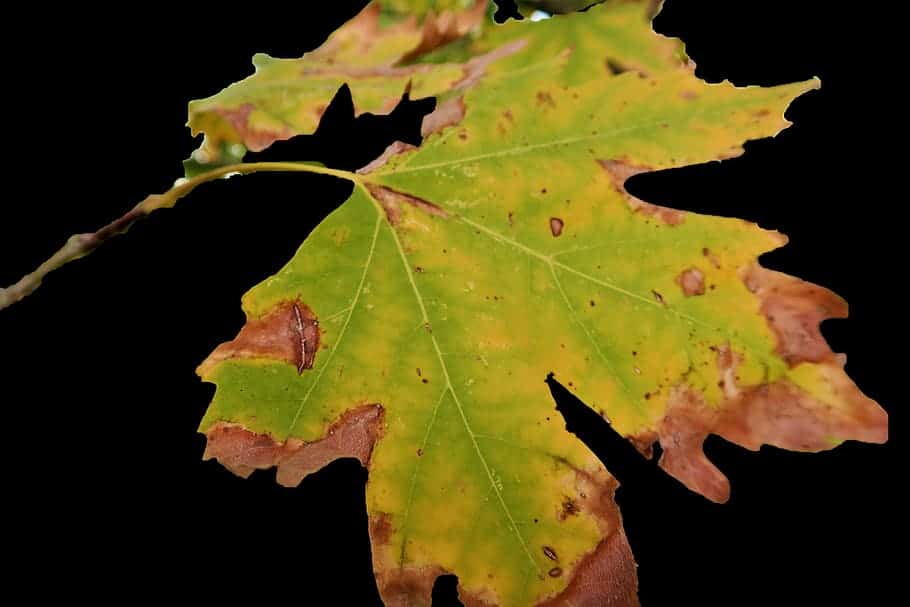 Verticillium or Verticillium wilt is a common soil fungus that thrives in temperate climates around the world and can be present in the soil for decades.
Verticillium or Verticillium wilt is a common soil fungus that thrives in temperate climates around the world and can be present in the soil for decades.
Verticillium wilt overwinters in the soil as dormant mycelium or tiny dormant black structures called microsclerotia, waiting for favorable conditions to return.
They enter damaged plant tissue through the roots and multiply. Many common weeds, such as dandelions and weeds, can be Verticillium host species.
Verticillium wilt is a disease that affects more than 350 species of eudicolous plants. It is caused by six species of Verticillium fungi: Verticillium dahliae, Verticillium albo-atrum, Verticillium longisporum, Verticillium nu


![Photo of Carambolo: [Cultivation, Irrigation, Care, Pests and Diseases]](https://www.complete-gardening.com/wp-content/uploads/2021/06/Carambolo-390x220.jpg)
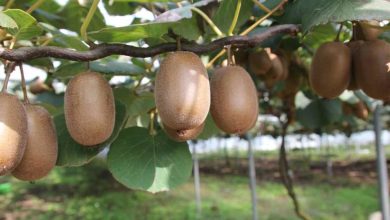
![Photo of Tajinaste Rojo: [Characteristics, Habitat, Reproduction and Uses]](https://www.complete-gardening.com/wp-content/uploads/2022/08/tajinaste-rojo-characteristics-habitat-reproduction-and-uses-390x220.jpg)